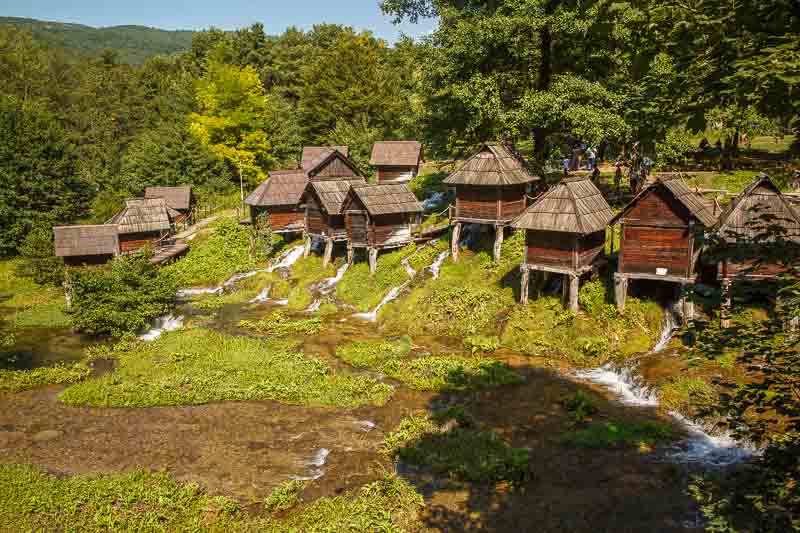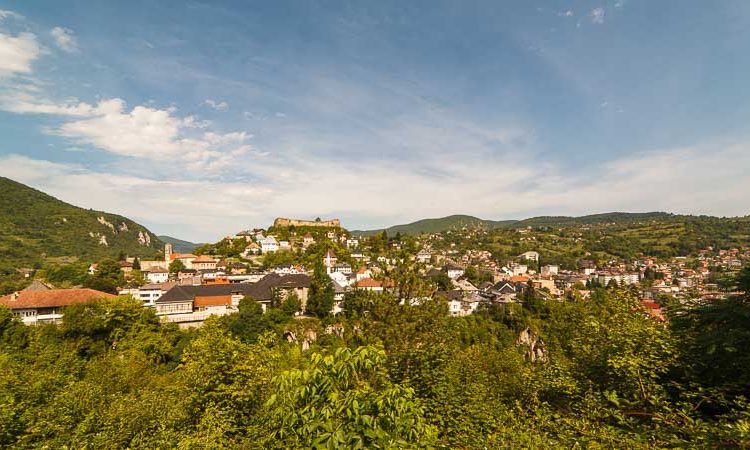Bosnia and Hercegovina is a very nice and hospitable country. It has a lot to offer to a visitor as well as to a traveller. In this article we will talk about what not to miss in the historic town Jajce. Jajce takes a special place in the history of Bosnia and Hercegovina. It used to be a royal residence in the 14th century. The last king of Bosnia was Stjepan Tomašević know also as Stephen II. He was executed by the Ottomans in 1463 when they conquered Jajce.
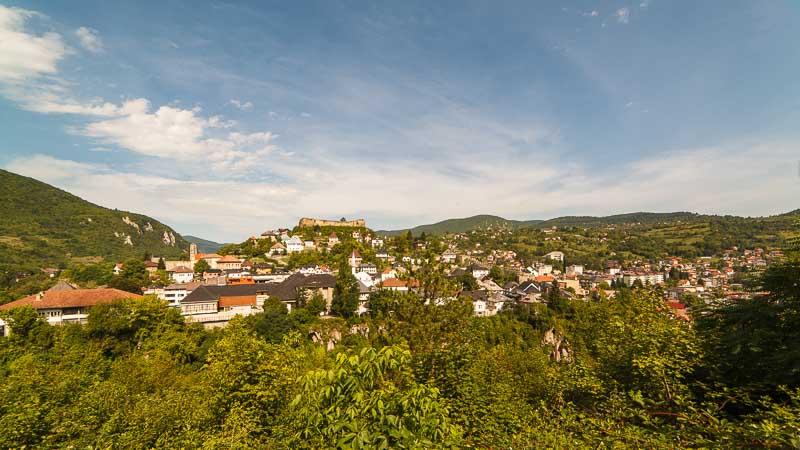
Pliva waterfalls
The town was built around the mouth of river Pliva.
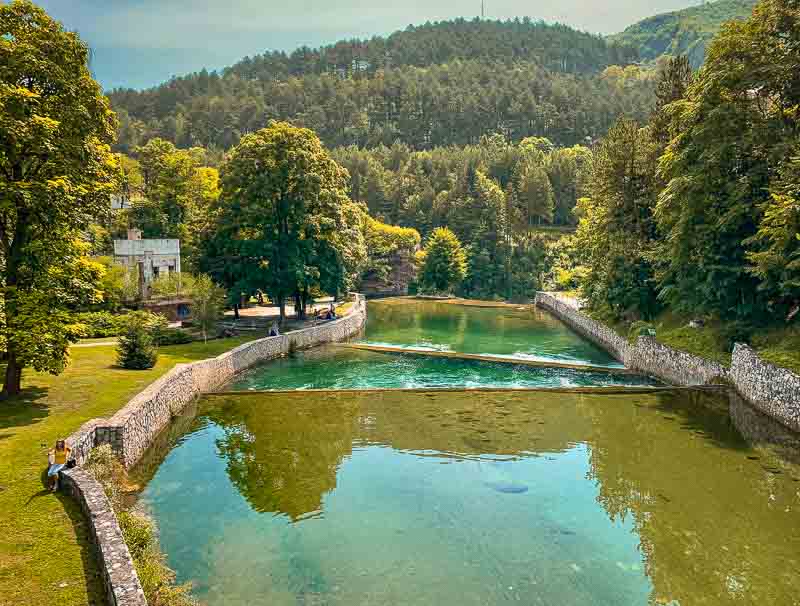
It is necessary to remark that the way river Pliva flows into the river Vrbas is quite unique – as a waterfall.
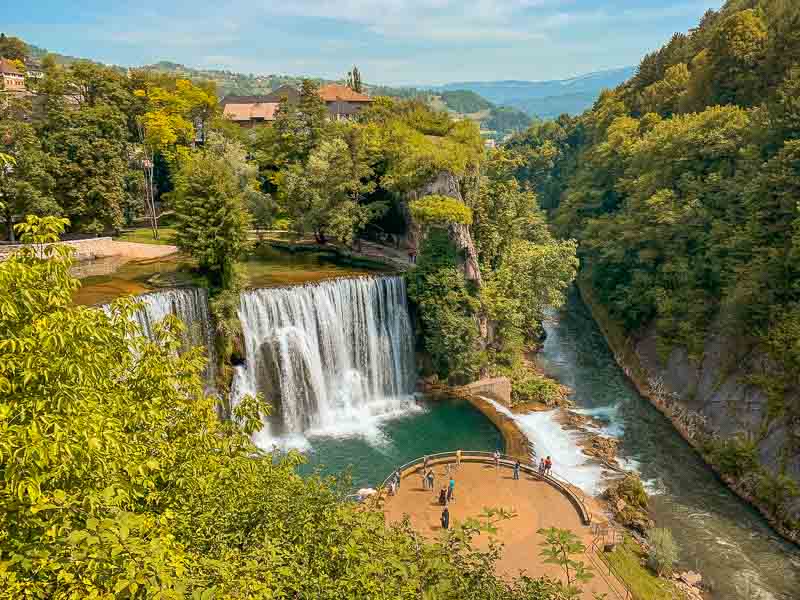
The water falls from the height 22 meters. In the past, the water used to fall from the height 30 meters. The wall behind the waterfall is made of travertine and is very fragile though. As a consequence of an earthquake, bombing of the water plant up the river stream and the following flood, a part of the wall collapsed.
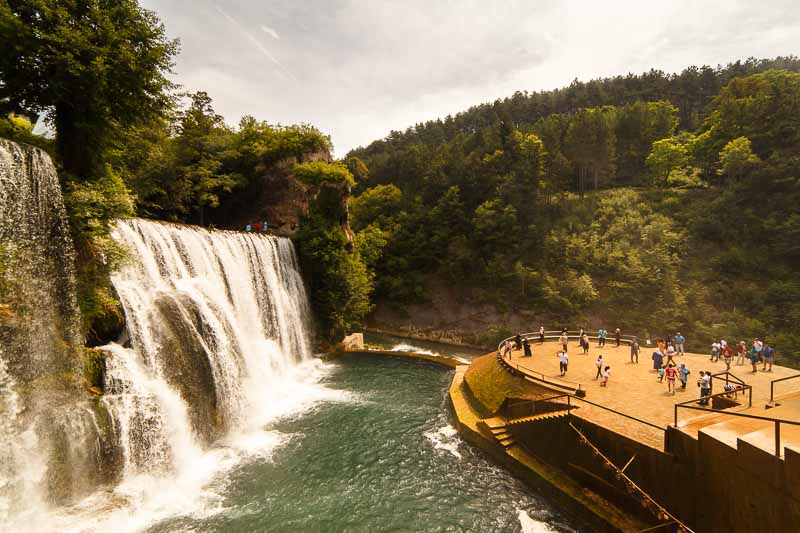
The waterfall can be observed from an observation point, which is accessible for 10BAM. As it is typical for the waterfalls, if the wind blows from the right side, you will leave the observation point completely wet.
Catacombs and view from the citadel
Reminder of the medieval history of the town are the town walls that are more than 1300 metres long and are topped with a citadel. Underneath the citadel there are interesting things to see. One of them is the only round tower in the town. It used to be called The Bear Tower – obviously because of its robustness and shape. There is a legend though, that a bear used to live in the tower, that was fed by the king’s opponents. And the bear gave the tower its name.
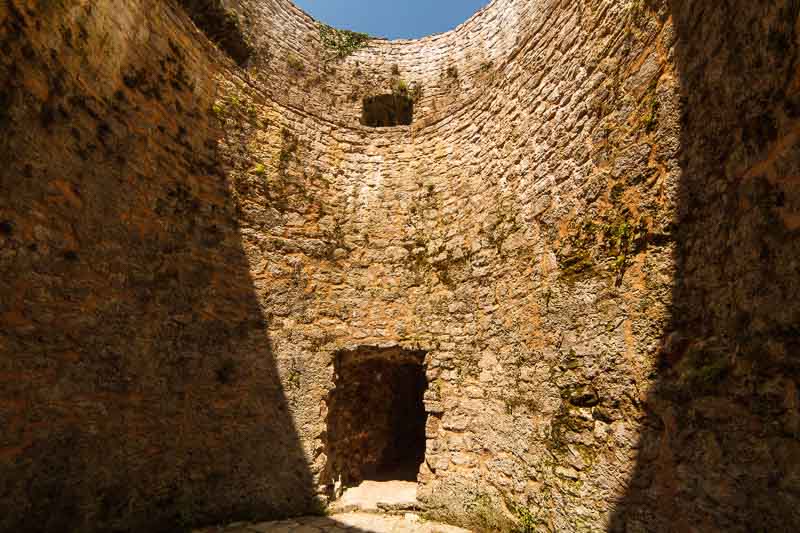
Right next to the tower you can find entrance to the catacombs. The family Hrvatnić have the catacombs excavated in 1400. It is a two-level crypt located quite deep underneath the ground level, so you can enjoy a very nice refreshment in the hot summer weather.
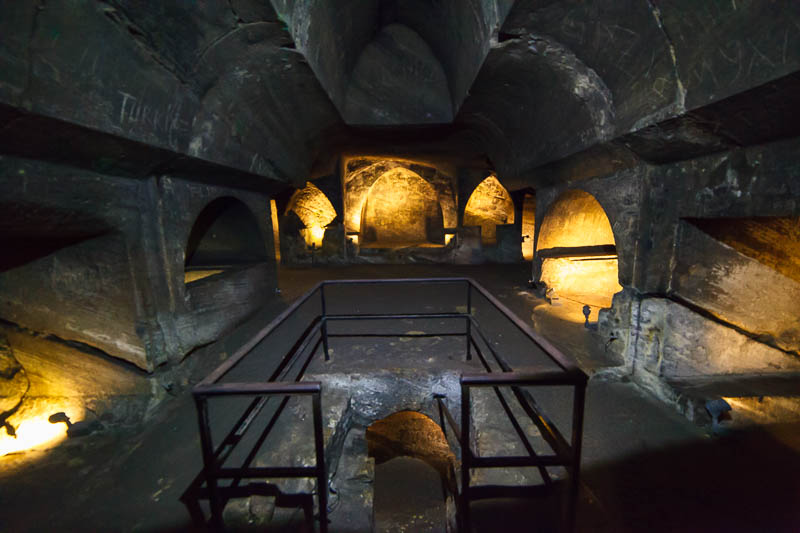
It is notable for the boldly sculpted cross, sun and crescent moon motifs, a rare surviving memorial to the independent Bosnian Church.
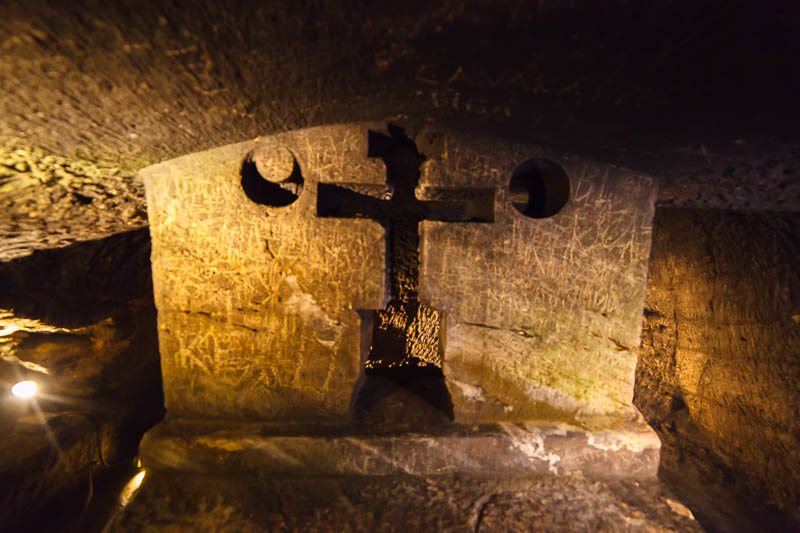
There is also a speculation saying that Tito himself had been hiding in the catacombs during the WWII. It can be true since Jajce was indeed venue of the second convention of the Anti-Fascist Council fo Natinal Liberation of Yugoslavia (known as AVNOJ), in which Tito played an important role.
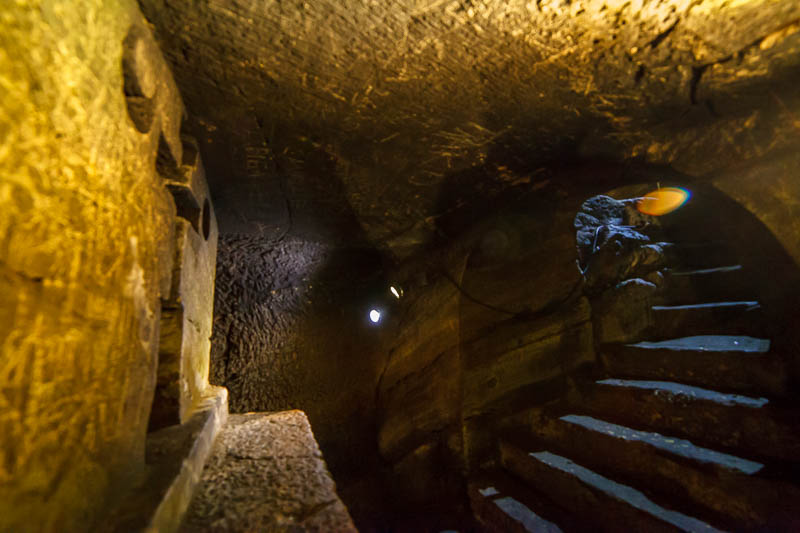
There is not much to see inside the citadel. A reminder of the once great history is above the southwest entrance – the royal Kotromanić coat of arms.
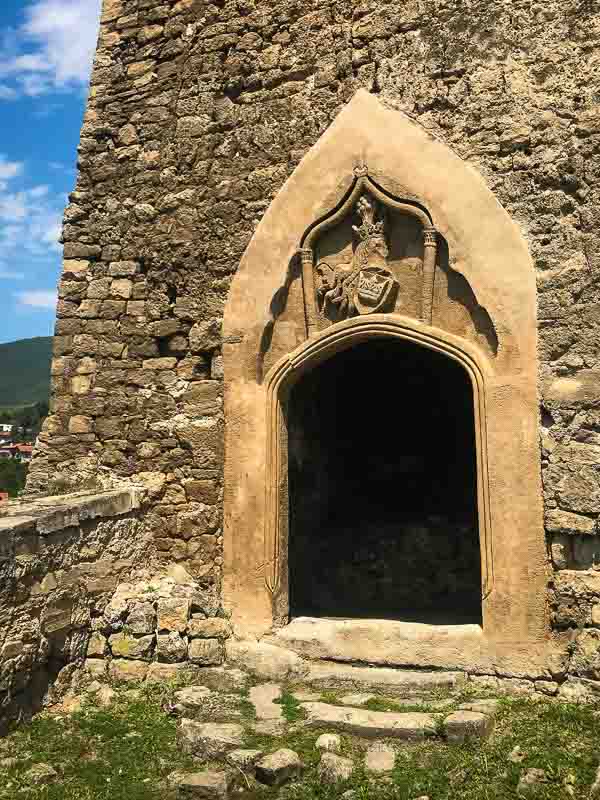
Anyway, you can enjoy the panoramic view of the town from the citadel walls.
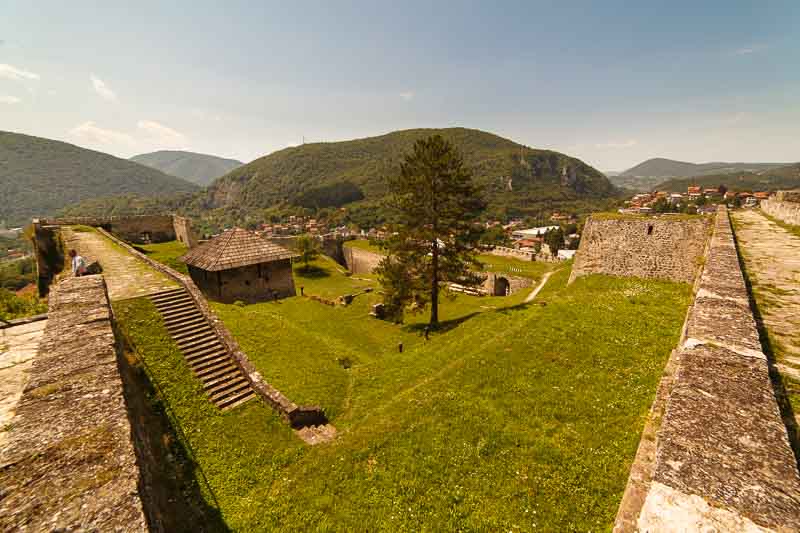
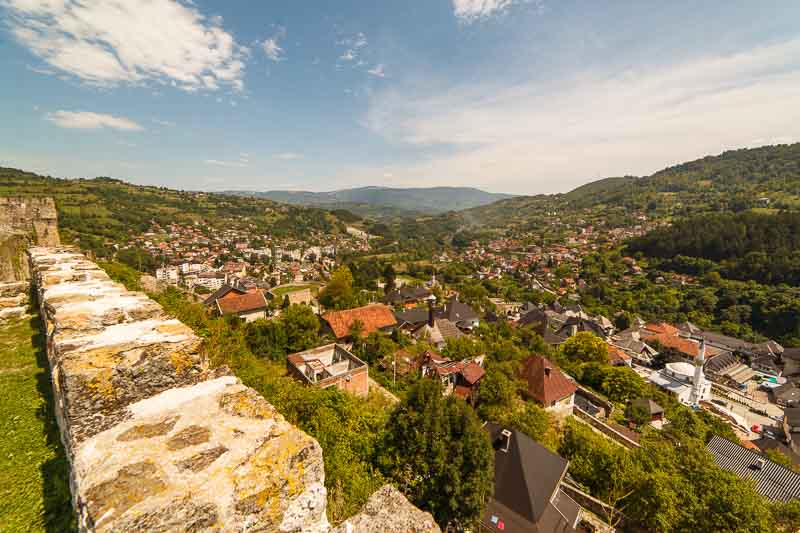
Mini-mills on the Pliva river
Not far from the Jajce town – just a couple of kilometres up the stream of the Pliva river there is another unique sight. Mini-mills.
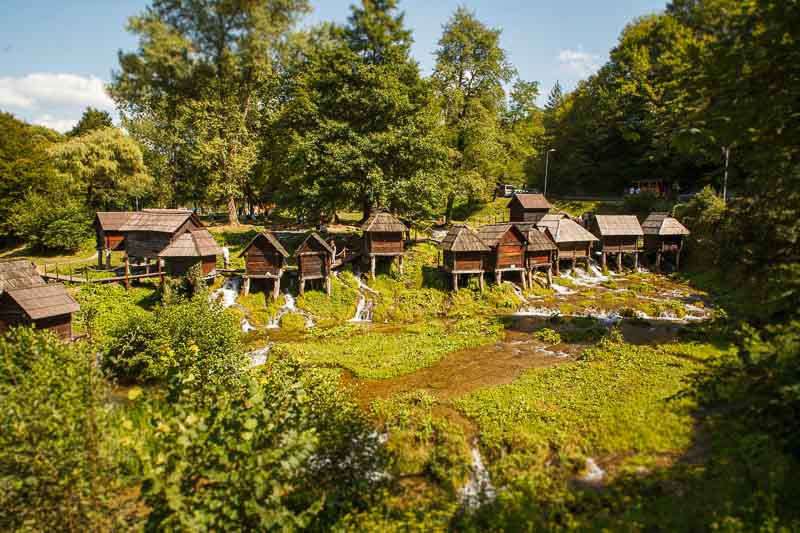
They had been built between the Veliko and Malo Plivsko Lakes, where the water in small strong streams flows downhill. Instead of building one big mill as done in our country, in Bosnia and Hercegovina each family built a small one just for themselves. These mini-mills served just the immediate and the extended family members.
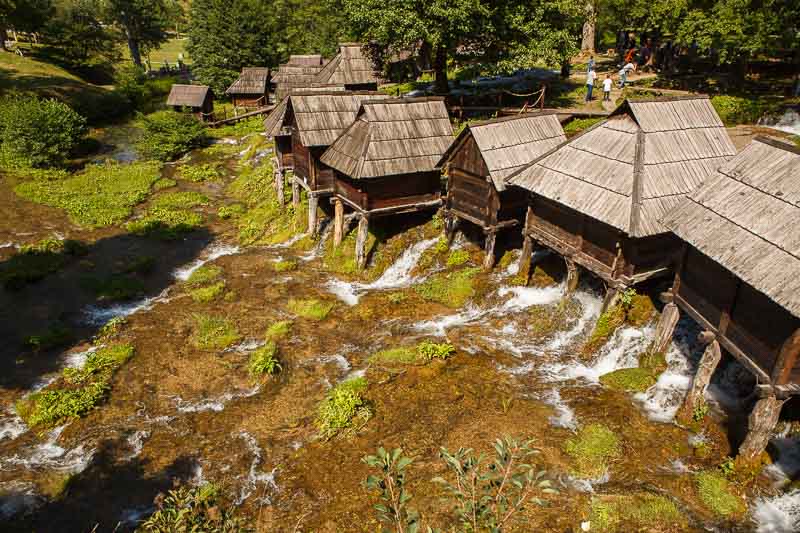
The mills had been built some centuries ago and their importance dropped with the progress of the industrialization.
In the summer time, the lakes are very popular not only among the tourists but also among the locals. They go boating, bathing, make picnics and barbeque parties here.
